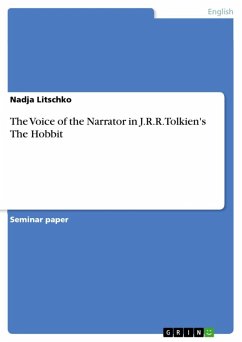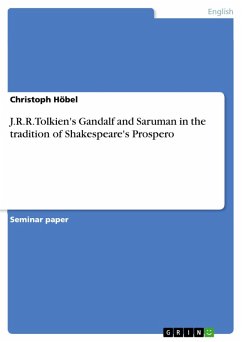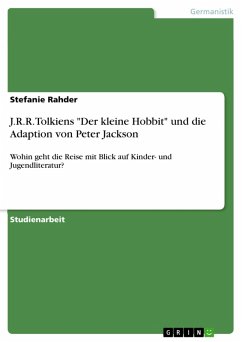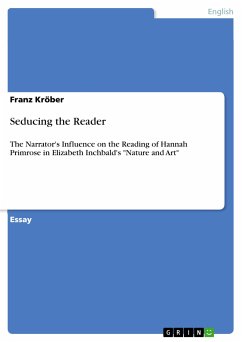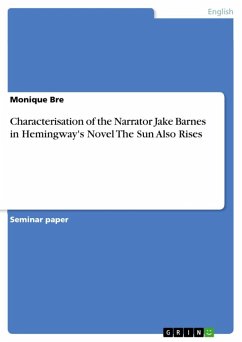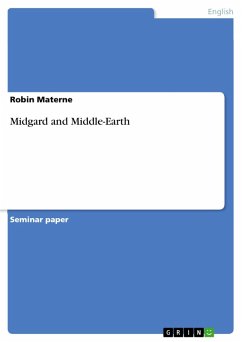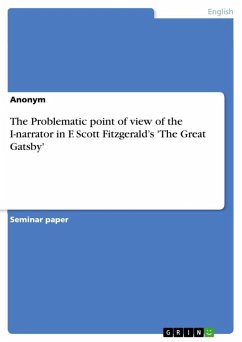Seminar paper from the year 2006 in the subject English Language and Literature Studies - Literature, grade: 1,3, http://www.uni-jena.de/ (Institut für Anglistik/Amerikanistik), course: Mythology for England, language: English, abstract: Narrator. Storyteller. When thinking about a person who narrates or tells a story, one of the first impressions that usually come to mind is that of a man or a woman, sitting in a well-worn rocking chair, surrounded by children who listen with rapt attention to tales of dragons and princesses. This image, depicting the classical oral storyteller as he has been known since ancient times, may at first glance have little to do with the narrative voice of a written work of literature. However, the oral storyteller and the narrator of a novel have many things in common. They both mediate the story to an audience - either to a real one that is physically present or to an impersonal reader of a book, and, depending on their technique, they are able to recount a story in a number of ways. There are many different approaches to narrating a tale. A narrator can remain mostly in the background and simply relate the story to his readers or listeners, without any commentary of other interruptions, or he can narrate the story through his or her own eyes, using the first person singular and thus creating an intensely personal atmosphere and letting the audience experience the adventures almost first-hand. However, sometimes the narrator can become actively involved into the tale, but without actually being a part of it. He adds his own thoughts and opinions to the story, he speaks to the readers himself and actively guides them through his story. Such a narrator is also present in Tolkien's novel The Hobbit. So the topic of this paper will be to analyse the narrator of The Hobbit, and to determine his most characteristic features. It will be illustrated on the following pages that the narrator of The Hobbit is an intrusive authorial narrator who frequently comments on and judges the characters as well as the unfolding events, who is acutely aware of himself, his audience and his role as a storyteller, and who addressed his readers in a direct way and actively leads them through his narrative. Furthermore it will be determined whether there are any obvious changes to the narrative voice in the last chapters of the book, which were written over three years after the rest of the novel.
Dieser Download kann aus rechtlichen Gründen nur mit Rechnungsadresse in A, B, BG, CY, CZ, D, DK, EW, E, FIN, F, GR, HR, H, IRL, I, LT, L, LR, M, NL, PL, P, R, S, SLO, SK ausgeliefert werden.

